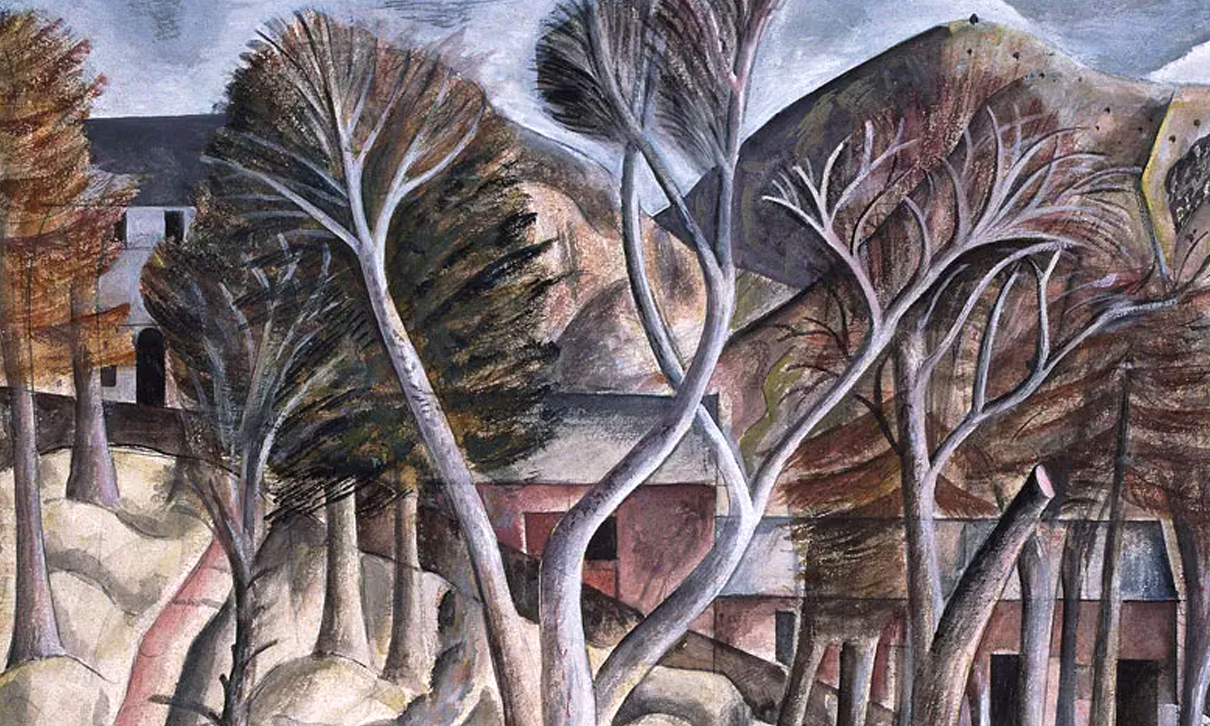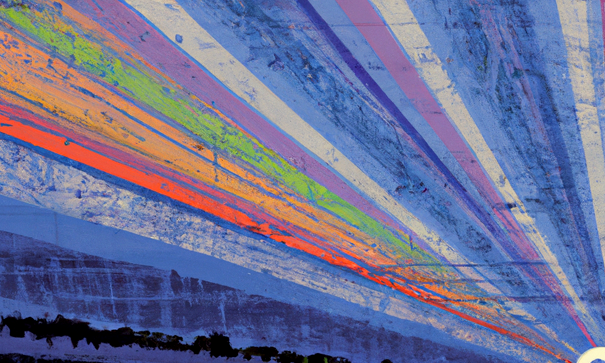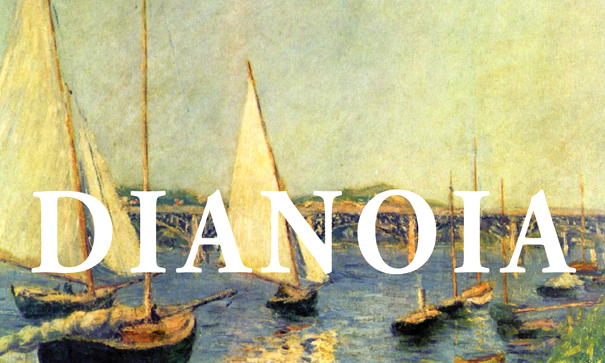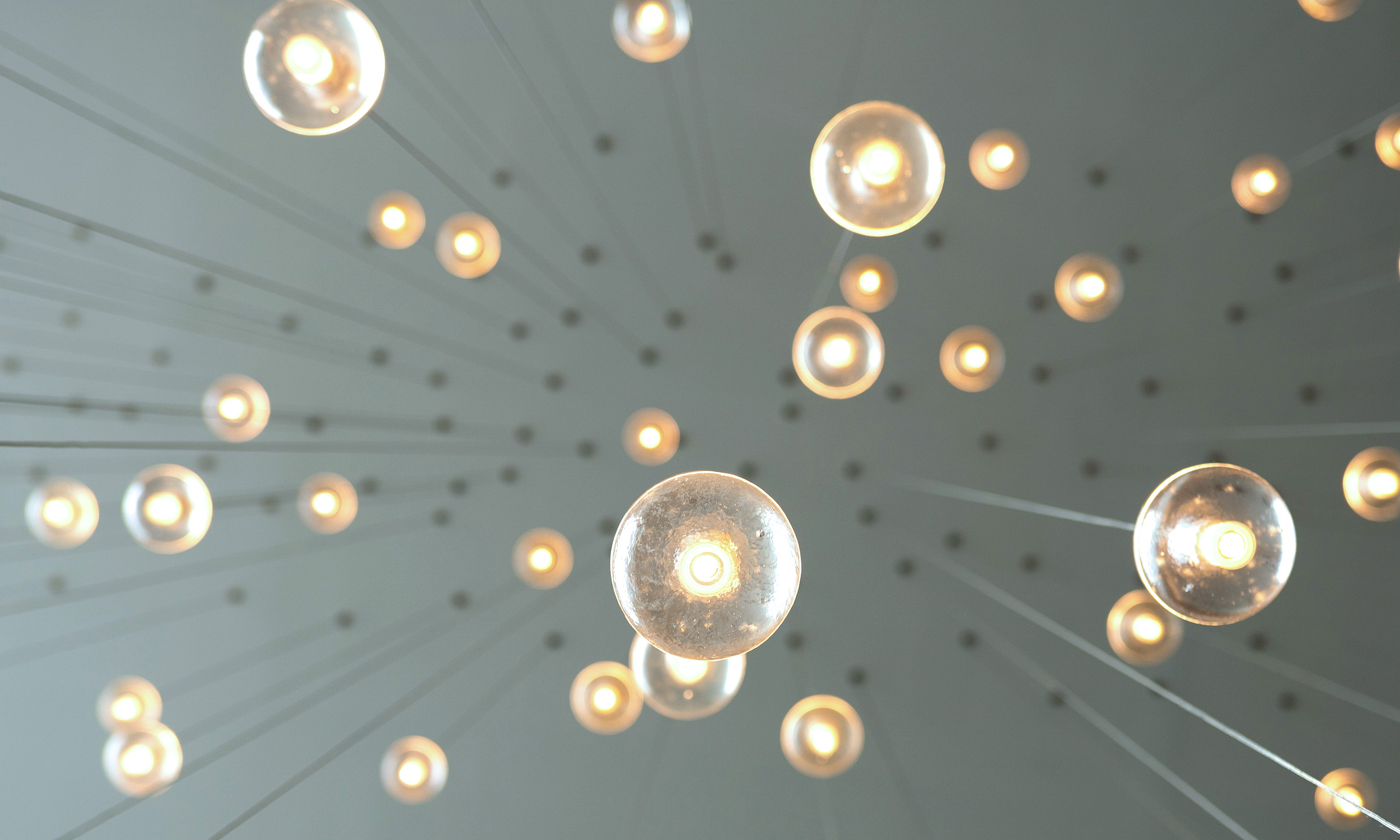Author: Melanie Hubbard
-

David Jones TEI Workshop & Archival Display
Please complete the application form if you are interested in attending the workshop and can commit to the full three days. If accepted, you will be registered. (We apologize for not accepting everyone. Space is limited.) David Jones (1895-1974) was a Welsh artist and poet. The Burn’s Jones collection includes a range of written and visual…
-

Meet Our New Team Members
Learn about the new digital scholarship team members who started this summer. We are so delighted they are with us! Dave Thomas, Digital Scholarship Specialist David Thomas has taught, presented, and published at the intersection of Ancient History and Digital Humanities, as well as Digital Scholarship more broadly. He holds an M.A. degree in history…
-

OA Journals
Boston College Libraries publishes Open Access (OA) digital journals that represent scholarship from Boston College faculty, graduates, and undergraduates and the broader OA community. This past fall, Fuse, a new undergraduate e-journal focused on the hard sciences, put out its first call for submissions and seeks to publish later this year. Another undergraduate journal, Medical Humanities Journal, has begun the…
-

What are Digital Scholarship and Digital Humanities?
To develop a complete mind: Study the science of art; Study the art of science. Learn how to see. Realize that everything connects to everything else. Leonardo da Vinci There shall be love between the poet and the man of demonstrable science. In the beauty of poems are henceforth the tuft and final applause of…
-

BCDS Faculty Summer Incubator
This summer BC Libraries’ Digital Scholarship Group is holding a week-long incubator that will guide twelve BC faculty members through an exploration of digital scholarship methods and tools from a conceptual and technical standpoint. Participants will receive a $200 stipend following fall project presentations. When: June 6th-June 10th Where: O’Neill Library (in-person unless COVID requires…
You must be logged in to post a comment.